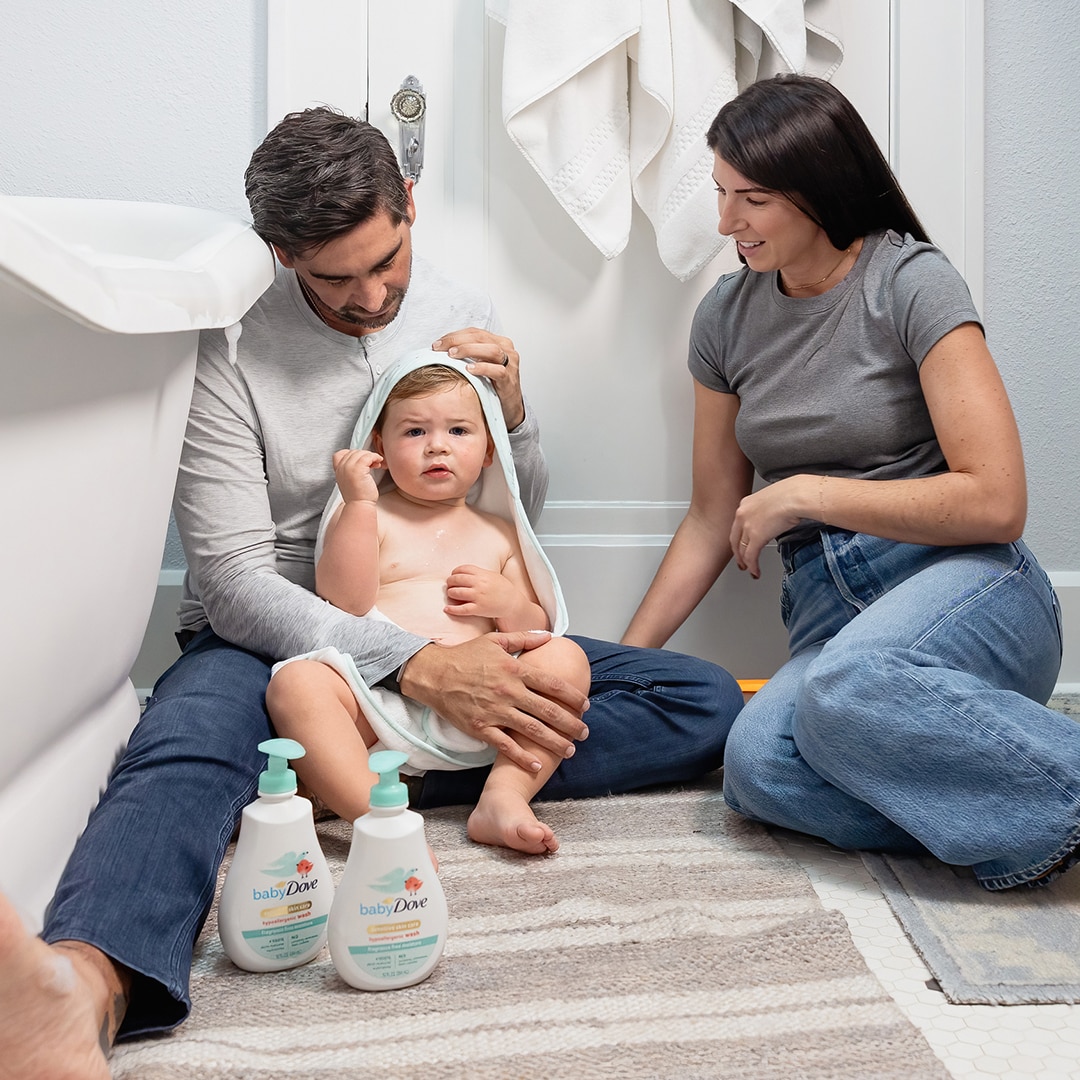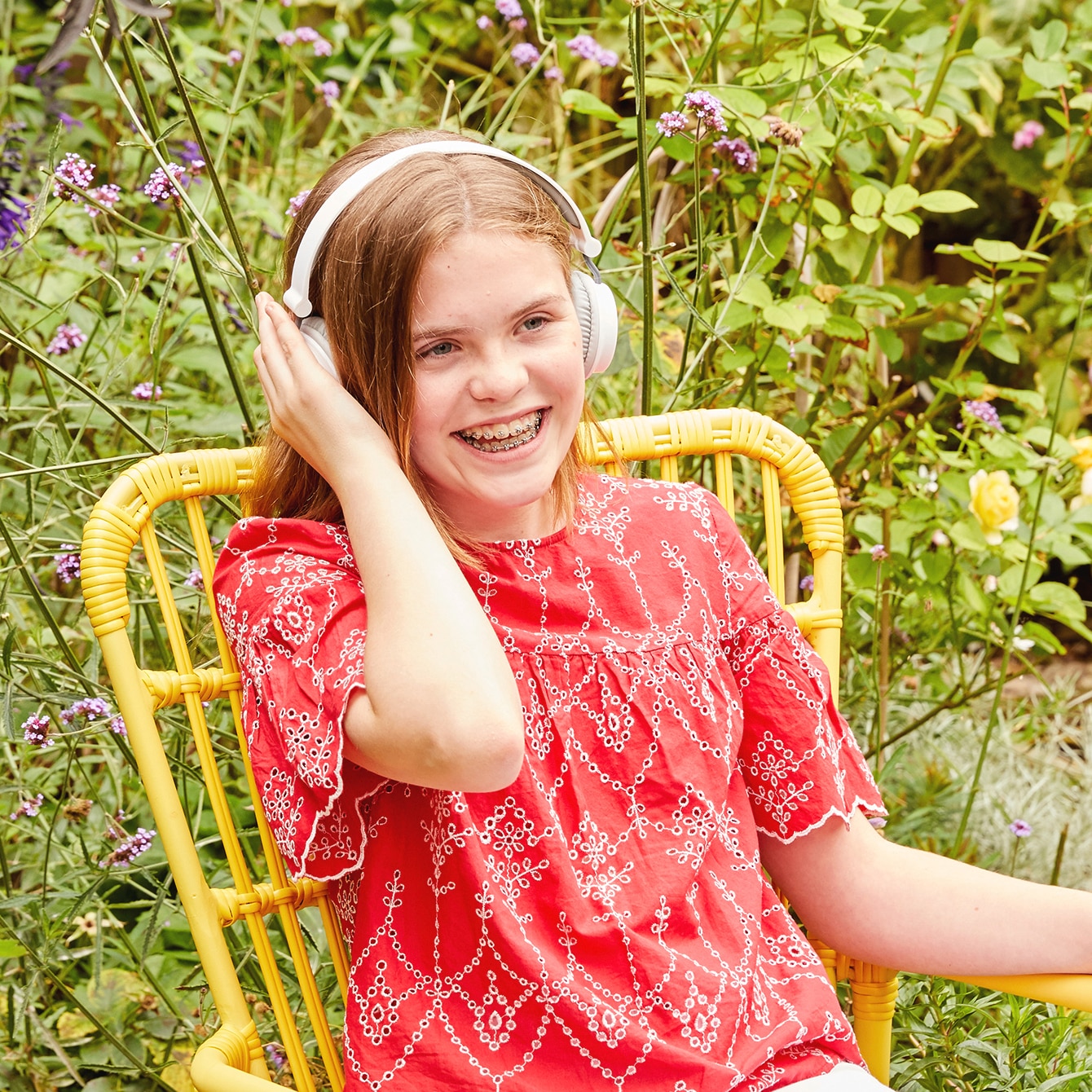The benefits of breaking gender stereotypes are well documented, yet gender norms are deeply embedded in society. We are subjected to gender stereotypes from birth: walk into any baby store and it’s immediately obvious which section is intended for girls and which is for boys, thanks to the predominance of pink, coupled with princesses and flowers, or blue and an abundance of construction vehicles and dinosaurs. Yet we know gender norms are oversimplified generalizations, which can have incredibly damaging effects from childhood to adulthood.
Breaking gender roles is essential to counteract the negative effects of gender stereotyping. Research has found that many girls lose confidence in math by third grade, while boys are more likely to say they are strong in math by second grade. Women only make up 28% of the workforce in STEM and men vastly outnumber women majoring in most STEM fields in college.
In adulthood, stereotypes around male behavior – such as the assumption that men shouldn’t be emotional or need to be the family’s breadwinner – have been shown to contribute to higher male suicide rates.
In addition to improving mental health for both men and women, there is significant research to show breaking gender bias can reduce violence against women, as well as the abuse and bias faced by the LGBTQ+ community
These are just a handful of consequences of gender stereotyping – there are many more – while the benefits of breaking gender roles are significant to society as a whole.
How to break gender stereotypes
There are many ways that parents, teachers, caregivers and family members can help with breaking gender bias and it’s important we all make an effort to work together to tackle it.
The Unlimited Potential, Report of the Commission on Gender Stereotypes in Early Childhood states: “Gender stereotypes continue to be widespread and deeply embedded. A concerted effort by parents, educators, companies and Government is needed for that to change. Each of these influences on children is connected and woven together. That is why no one part of society can make the change needed when it comes to gender stereotypes – we all have to pull together. Unless we all do so, each of us will fear that changes they make in one area will be overridden elsewhere.“
So how can you help? If you’re a parent, remember that stereotyped ideas of gender-appropriate toys and even colors start as early as infancy, but adults can counteract this by offering children varied choices unlinked to gender. Children need a range of activities to develop skills: if they are told from a young age that girls should play with dolls and boys with cars, we risk limiting their expectations and shaping their self-image.
When breaking gender norms, children need reassurance: if a boy wants to wear a princess costume, it’s the role of the adult to reassure and support this choice both to the child and other adults who may challenge it.
Gender roles are often reinforced by children themselves, and in this case it’s down to adults and parents to question and provide counterexamples. For example, if a girl wants to play soccer but is worried it’s not a ‘girls’ sport’, show her videos of amazing female soccer players to prove girls can play any sport. When looking at how to break gender norms in schools, teachers need to consider whether the signage and language around sports or activities are skewed by gender.
Gender stereotypes are also often reinforced by media and books, so seek out movies, shows and reading that offer a balanced view of the different roles men and women can play in society.
You can also aim to challenge these stereotypes at home if you’re a parent: demonstrate ways you share roles and responsibilities regardless of gender.
Language is also crucial when it comes to breaking gender roles: think about using inclusive words as much as possible, such as saying ‘children’ rather than ‘girls and boys’, or ‘families’ or ‘parents’ rather than specifying ‘moms’ or ‘dads’. Small changes like this may seem insignificant at times, but they build up to big shifts in attitudes toward gender roles.








